PRIORITIZATION
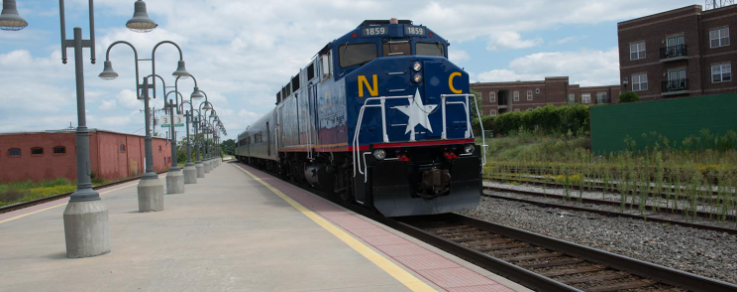
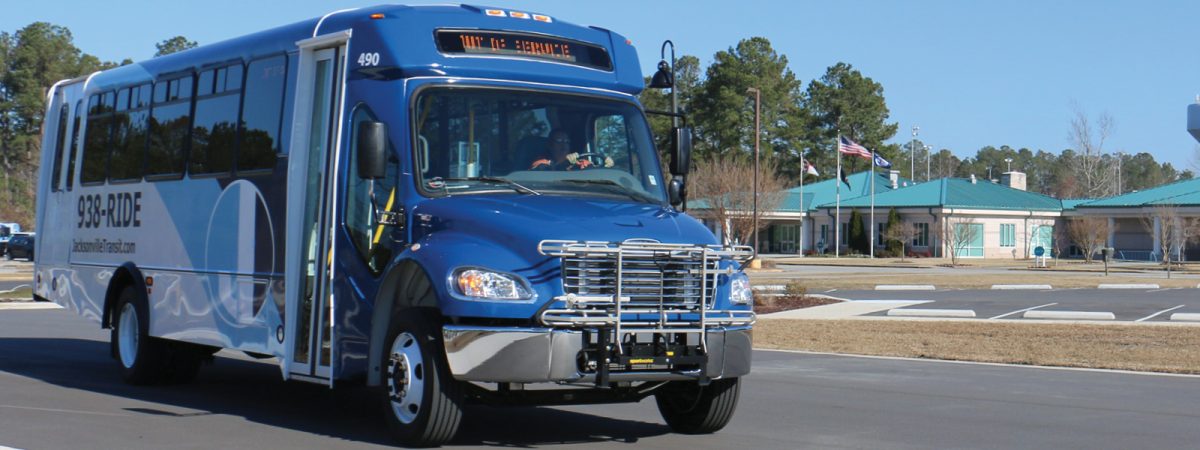

PRIORITIZATION 7 (P7.0)
P7.0 is the seventh prioritization cycle that guides the development of the 2026-2035 STIP, the main vehicle for transportation improvement funding in the state, as set by the State Transportation Investments (STI) Law.
Last fall, the Strategic Prioritization Office of Transportation (SPOT) workgroup started preparation for the P7.0 cycle, and in May hosted a two-day training workshop which JUMPO staff attended. The project submittal window will be open July 24, 2023 and run through Oct 27, 2023. JUMPO is allotted 17 project submittals for each transportation mode.
JUMPO is coordinating with local partners to select projects which carried over from the previous prioritization cycle along with new projects.
- P7.0 Recommended Project List – Approved on September 14, 2023.
- P7.0 Local Input Point Methodology – Approved on March 14, 2024.
- P7.0 Schedule
- P7.0 Quantitative Scores
- P7.0 Community Importance Survey
- Call for projects: JUMPO requests participating jurisdictions to identify and submit a list of preferred transportation projects.
- Preliminary Screening: JUMPO coordinates with P7 Subcommittee using internal scoring matrix to prioritize projects to be submitted for SPOT scoring. The TAC Committee approves final list of projects will be submitted.
- Project Submission: JUMPO submits list of final projects for SPOT scoring.
- Project Scoring: NCDOT assigns a score to each project and publishes the scores and rankings for each transportation project.
- Assignment of Local Input Points: After initial project scoring, each MPO may assign a limited number of points to preferred regional impact and division needs projects.
- Final Scoring and Release of Draft STIP: NCDOT incorporates the local input points into the scoring process and releases the draft list of projects to be included in the next STIP.
What is Strategic PRIORITIZATION?
The North Carolina Strategic Prioritization Office (SPOT) uses a systematic and data-driven process to prioritize and select transportation projects for inclusion in the Strategic Transportation Improvement Program (STIP). This scoring process occurs every two years. Six modes of transportation are considered for scoring and ranking by NCDOT: highway, rail, public transportation, bicycle & pedestrian, aviation, and ferry. JUMPO submits proposals for all transportation modes which are currently utilized within its boundary which are: highway, aviation, and bicycle & pedestrian.
All projects submitted for scoring are grouped according to scope and impact into three categories: statewide mobility, regional impact, and division needs. Approximately 40% of funds are allocated toward statewide mobility projects, and 30% each toward regional impact and division needs projects, respectively.
MPOs may submit a base of 12 projects per mode, with an additional one for every 50,000 in population. JUMPO presently can submit 17 projects per mode for each cycle.
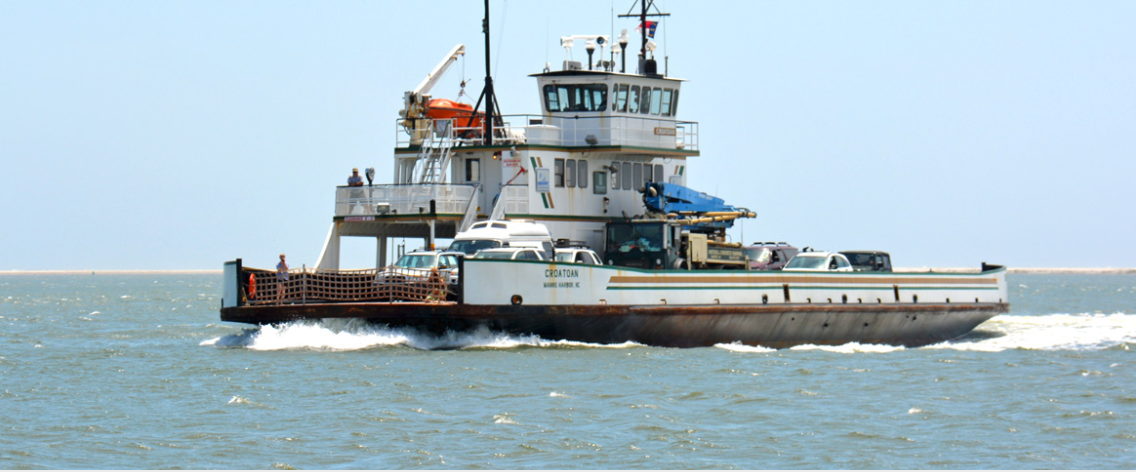
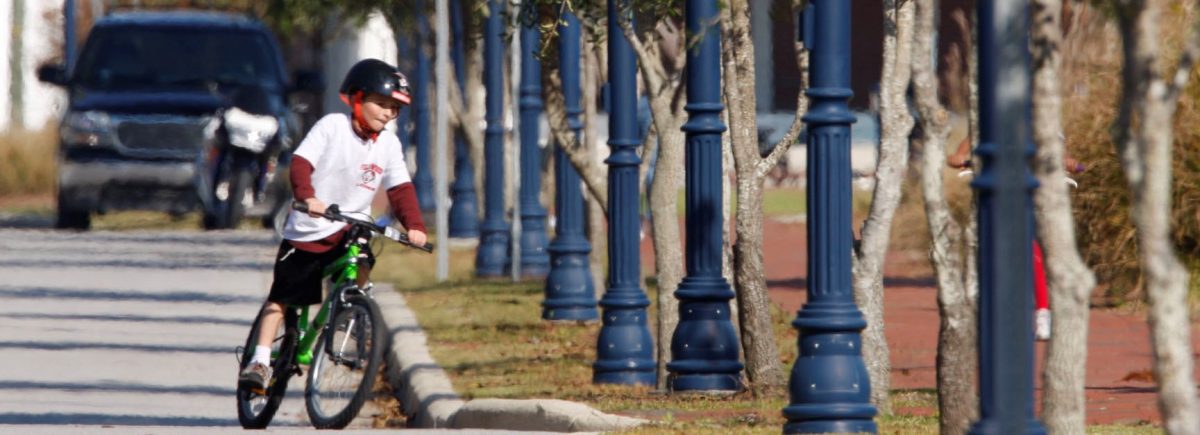
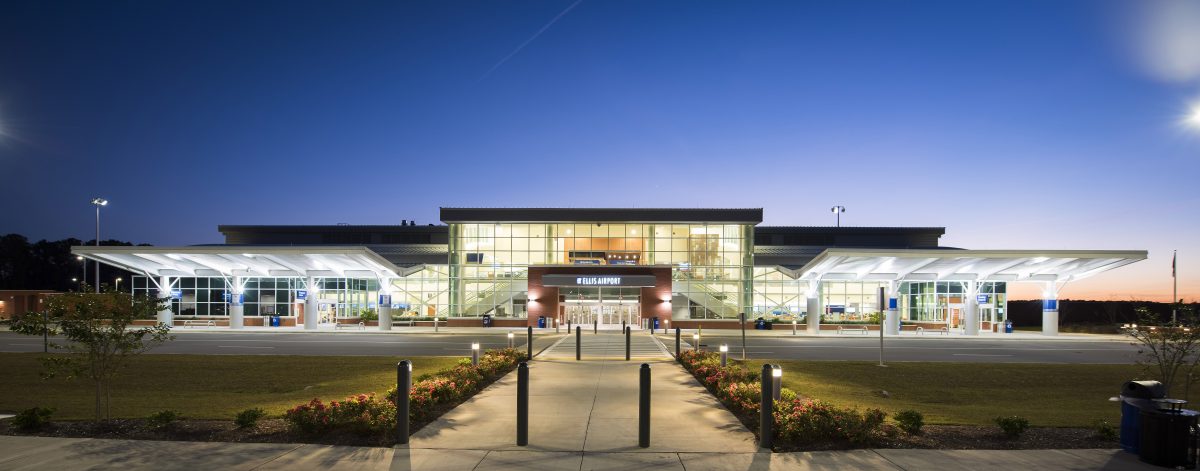
PRIORITIZATION 6.0
The Prioritization 6 (or P6.0) development process began in 2019 and guides the development of the 2023-2032 STIP. NCDOT established an internal workgroup to look at issues related to rising cost estimates as many projects were coming in much higher than initially estimated further impacting the financially constrained STIP. As a result, NCDOT implemented a review of over 450 projects in the STIP to identify more realistic cost impacts. These cost increases will force NCDOT to adjust the future STIP (2024-2033). Federal law requires that the STIP be an accurate reflection of what will be built and it is further limited to actual revenue NCDOT realistically anticipates. As the cost of projects increase, it will decrease the number of projects that can be built or moves projects to a later date when funds are available.
As a result, work on P6.0 has halted. The next draft STIP does not have to be prepared and presented until December 2022. This allows NCDOT time to complete project estimates and allow MPOs and RPOs time to work with NCDOT on prioritizing projects for their area in addition to evaluating options for creating the next draft STIP.
STI LAW Formula
Projects receive a percentage of available revenue in the following three categories: Statewide Mobility (40%), Regional Impact (30%), and Division Needs (30%). The Statewide Mobility projects are 100% data driven and selected based on quantitative scores. Regional Impact projects focus on improving connectivity within regions (7). Selection is based on 70% data and 30% local input. Division Needs projects focus on addressing local needs, and selection is based on 50% data and 50% local input. The JUMPO along with NCDOT Divisions 3 will assign local input points to the Regional Impact and Division Needs tier projects based on approved methodology. Projects with the highest scores will have a greater chance of being programmed into the STIP/MTIP.
The State Transportation Improvement (STI) law includes a component known as cascading, where projects not funded in the Statewide Mobility category are eligible for funding in the Regional Impact category. Similarly, projects not funded in the Regional Impact category are eligible for the Division Needs funds. Projects that cascade down are then subject to the scoring criteria and local input for the respective funding category.
